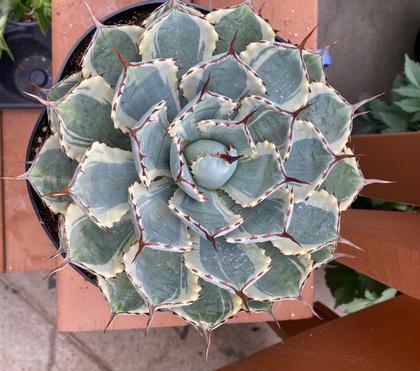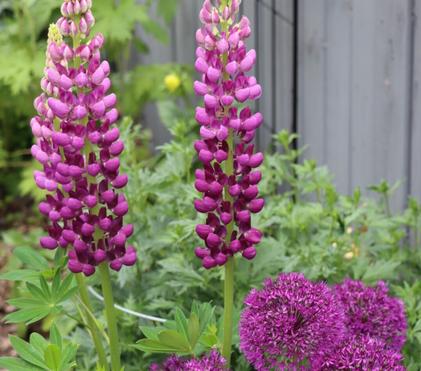How To Care For Hanging Baskets
Hanging Basket Care can be overwhelming! We want to show you that caring for your hanging baskets is simple and easy. We will cover a quick system for tending to your hanging baskets using the acronym CARE.
Hanging baskets and containers are the trending gardening item these days…
So you have your hanging basket or container, you've brought it home, and you ask, "now what?"
Container care is actually simple and we’ve broken it down into the 4 letters 'CARE' to make it easy and memorable. At this point, credit must be given to a former team member of ours, Arlene, who came up with this wonderful acronym.
Caring For Hanging Baskets With “CARE”
C – Check: Give your container a quick daily head to toe – or root to tip – assessment. Inspect for things like moisture, leaf and flower health, bugs, and diseases. Inspect for curling, wilting, dried or spotted leaves. Turn over leaves to glance at the under sides for bugs, they love hiding there.
A – Adequate hydration: This is all about watering. A good way to check hanging baskets for adequate hydration is to feel how heavy they are, lift them a little from the bottom and check the weight. As you get more familiar with how heavy a fully watered hanging basket is, you will be able to tell when it’s time to water. On very hot days, it will likely be every other day. For containers, you can dip your index finger deeply into the soil. If the soil is dry at about 1.5 inches, it’s time for a drink of water. When watering containers, water thoroughly so that water runs out of the bottom of the pot. That is how you know you have watered effectively and that all the roots are bathed in a fresh drink of water. If you don’t let water flow out, salts from the fertilizer will accumulate and the leaves and flowers will begin to burn.
R – Replenish Nutrients: This step is about fertilizing. The reason why replenishing nutrients is important for containers and hanging baskets is that there is a finite amount of nutrients held within the container and when the water drips out of the pots, some of those nutrients are lost. We recommend fertilizing every week. Pick a regular day of the week, and make that your fertilizing day, make it an alarm on your phone. Our favorite fertilizer is called ‘Nature’s Best’. It is a natural fertilizer and we have found it to be easy to use, gentle on plants with no burning leaf tips, and we think it makes flowers brighter. ‘Miracle Grow’ is another good choice and other balanced fertilizers work well.
E – Encourage Growth: This is a maintenance step. Growth of plants is encouraged by taking off old flowers, also known as deadheading, removing dead leaves, and pinching straggly, leggy plants back. Taking off old flowers is important because the ultimate purpose of flowers to produce seeds for reproduction. By taking off those dead flowers, the plant continues to flower. Old wilting and curled leaves actually take energy from the plant to repair them, if they are removed, the plant can continue to focus its efforts on flowering. Plants can also get long and straggly looking – it’s ok to literally give them a haircut – it will make them branch, become bushy and thrive.
- Sharon Wallish Murphy

